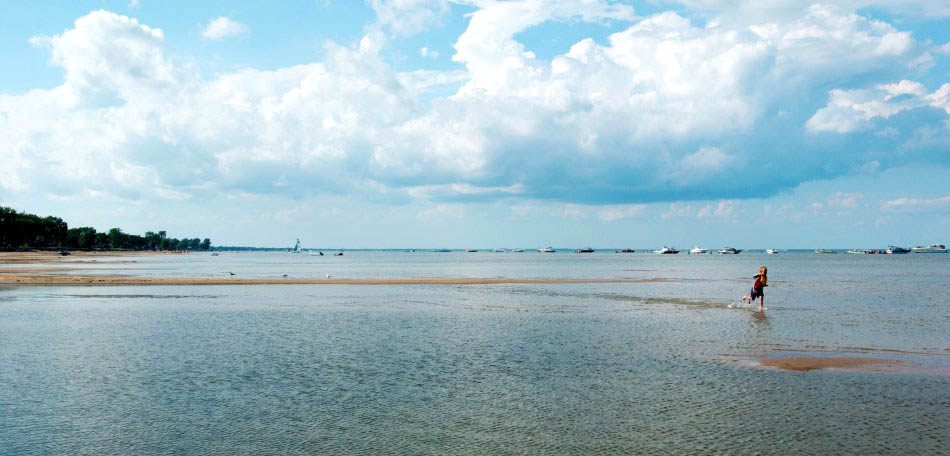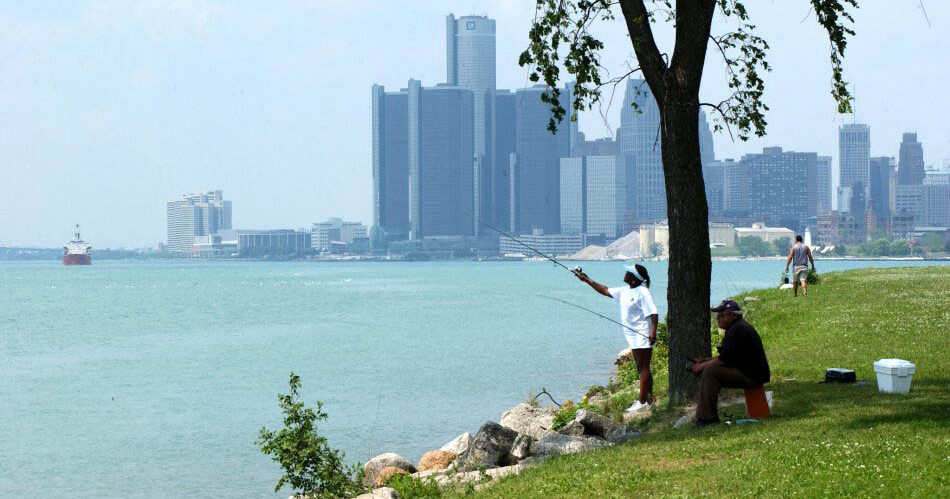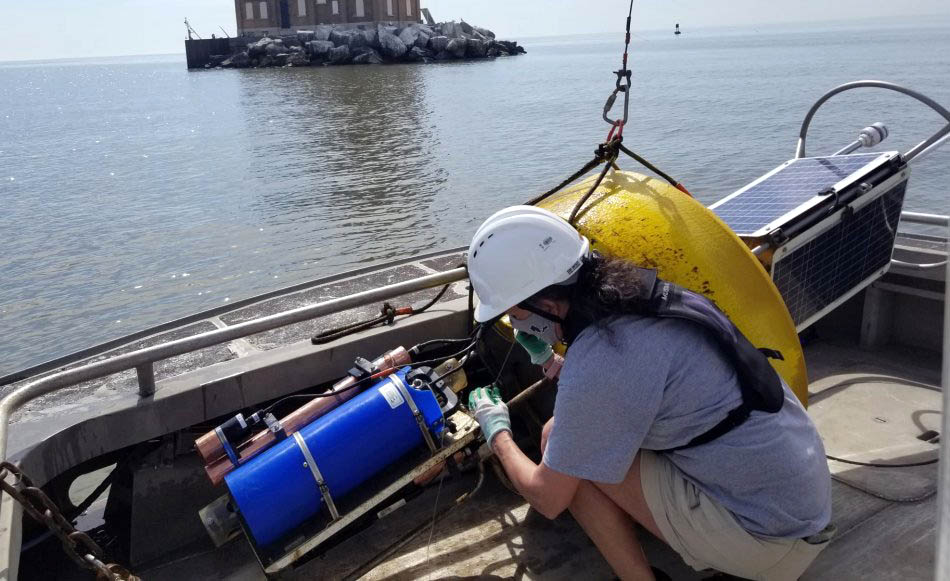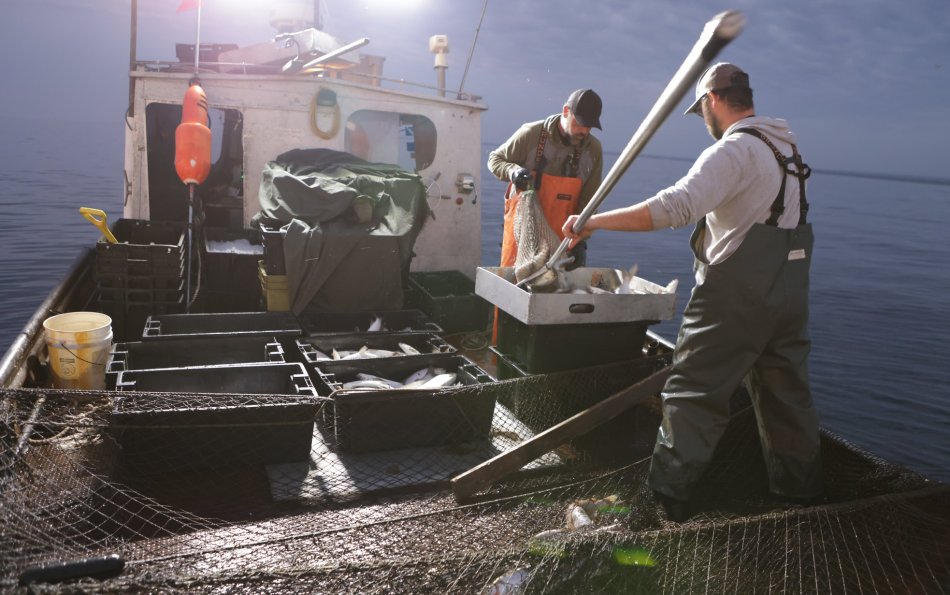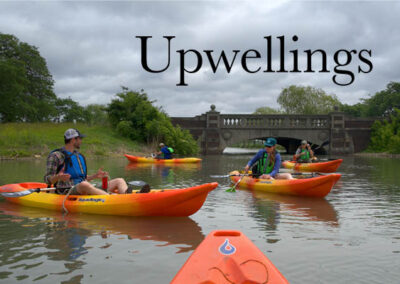The Great Lakes are more than just beautiful landscapes—they’re a way of life in Michigan and our source for drinking water. Scientists and researchers from the Cooperative Institute for Great Lakes Research and Michigan Sea Grant at the University of Michigan School for Environment and Sustainability conduct vital work year-round to understand, protect, and restore the lakes that define our state. Here are five important ways Great Lakes research benefits Michiganders:
Protects Our Drinking Water
Did you know that 90% of the U.S.’s surface freshwater is contained in the Great Lakes? And that 30+ million people, including Michiganders, rely on the Great Lakes for clean, safe drinking water? Our research helps monitor harmful algal blooms that produce toxins in municipal water systems, providing water managers with the information they need to ensure safe tap water. We also study other harmful contaminants, such as PFAS, or forever chemicals, and microplastics, which also have real effects on public health. Research helps identify the causes and consequences of these threats and informs public advisories that keep Michiganders—and our drinking water—safe.
Protects Recreational Fishing
Whether you’re casting a line in Lake Michigan or buying local whitefish, fisheries science keeps these resources thriving. Great Lakes researchers study fish because of their importance as a food source and because they are key indicators of ecosystem health and sustainability. Researchers not only monitor fish populations but also pollutant levels such as mercury, PCSs and microplastics that can affect the health of humans who consume contaminated fish.
Combats Invasive Species
Invasive species like zebra and quagga mussels, sea lamprey and invasive carp threaten native ecosystems and infrastructure in the Great Lakes. Our researchers develop early detection tools and management strategies, such as mussel removal, to stop these species from spreading—protecting biodiversity and the economy.
Improves Coastal Resilience
Extreme weather, coastal flooding, and unpredictable water levels are impacting Great Lakes communities and ecosystems. Our research helps communities adapt by modeling storm and weather scenarios, developing water level forecasts to predict water level volatility, and shaping policies for long-term resilience.
Supports Businesses and Industry
The Great Lakes generate billions in tourism, shipping, and fishing industries. Our research supports these sectors by informing sustainable practices, forecasting economic trends, and promoting lake-based innovations that create jobs and attract investment. Research buoys, for instance, provide critical safety information to commercial and recreational fishing, and data streams to private companies that predict weather. Water level predictions are used by drinking water facilities, power plants, and cities to determine infrastructure investments. The commercial shipping fleet depends on physical observations for navigation. Our work is critical to supporting the economy and culture of the Great Lakes region.
Article originally posted on SEAS News on June 30, 2025 and was written by Lori Atherton.


